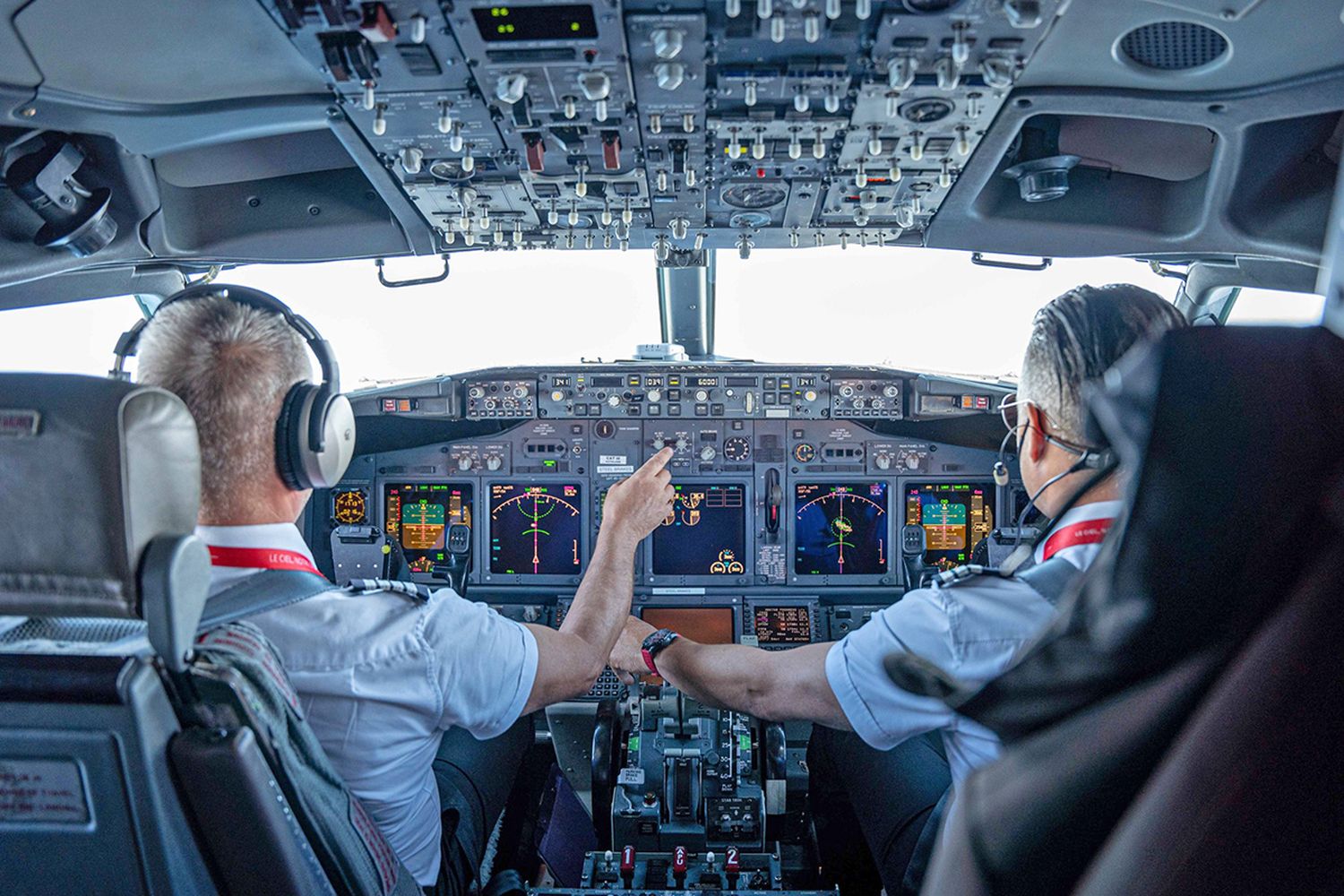EASA Delays Decision on Reduced-Crew Operations to 2030
The introduction of reduced-crew operations is part of a broader industry shift toward leveraging advanced technologies to improve operational efficiency and reduce costs.
The European Union Aviation Safety Agency (EASA) has extended the timeline for a regulatory decision on reduced-crew operations in commercial flights. The decision, originally expected in 2027, is now postponed until 2030. This move reflects the complexity of integrating advanced cockpit technologies into modern aviation.
EASA began this process in late 2023 by publishing the terms of reference for extended minimum crew operations (eMCO), as reported by our partner outlet Aeroin. This concept envisions a future where a single pilot could manage the cockpit during non-critical phases, such as cruising, thanks to technological advancements. However, the agency's latest update emphasizes a need for additional research and a more comprehensive regulatory framework.
The revised plan, released on January 21, outlines specific standards to ensure the safe implementation of “smart cockpit” systems. These systems aim to reduce pilot workload, enhance decision-making, and integrate features such as crew performance monitoring, alert detection, and threat prevention. EASA clarified that the technologies will be introduced “gradually” and subject to “robust” in-service testing.
Additional airworthiness requirements, described as “special conditions,” will address the integration of these innovations into existing operations. EASA also intends to evaluate potential updates to cockpit automation, operational procedures, and crew coordination principles to maximize the benefits of these advancements.
The agency highlighted its commitment to examining the implications of these technologies, their impact on current regulatory frameworks, and potential “safety barriers” associated with multi-crew operations. By the end of 2025, EASA plans to publish a final report on its evaluation of eMCO and single-pilot operations. This marks a significant step toward adapting aviation to technological challenges while maintaining safety and efficiency.


Comentarios
Para comentar, debés estar registrado
Por favor, iniciá sesión